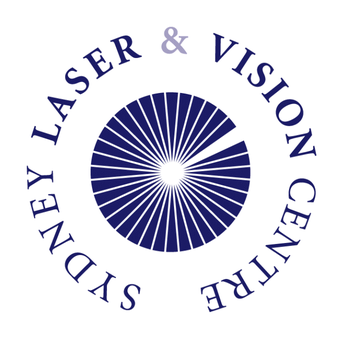Is LASIK safe? Ask eye surgeon Dr David Robinson
LASIK has been around for over 30 years now, and has become the world’s favourite laser vision correction procedure. But is it safe? This post looks at how the femtosecond laser has transformed the safety profile of this procedure.
2 steps to get rid of your glasses
LASIK is and always has been a 2-step procedure:
· first, a thin flap of tissue is created using a laser or microkeratome
· secondly, a special kind of cool laser (called an excimer laser) reshapes the underlying cornea and corrects your spectacle error
The reason for having the flap is that it preserves the sensitive front surface of the cornea. This allows not only for a very comfortable recovery compared to surface laser (or PRK) but also means that visual recovery is very fast. Most people can read 20-20 the morning after their LASIK procedure.
Microkeratome – that’s a blade, right?
So, how is this flap created? Up until 2005, all LASIK in Australia was performed using an oscillating metal blade. It was the best technology available at the time and did a pretty good job – most of the time. But it did have some drawbacks.
The characteristics of working with a blade meant that the centre of the flap could vary in thickness. The surgeon wouldn’t know exactly how much tissue they had to work with until the flap was created or how much short-sightedness could be treated. The profile of the flap edge also allowed cells from the outside of the cornea to grow under the edge.
Even in the hands of a good surgeon, these mechanically created flaps were associated with a range of complications, including free caps (where the flap is no longer attached) and buttonhole caps (where the flap has a hole in the centre). That said, significant complications were still rare.
Blade-free LASIK
Then along came the femtosecond laser. The first version was called IntraLase, and since then there have been several other versions but they all use the same principle.
Femtosecond works in a completely different way to the excimer laser used to reshape the cornea. The term ‘femtosecond’ relates to the very high speed the laser fires at. It focuses its energy at a precise depth within the cornea and creates a flap of perfect thickness and shape, without any cutting or damage to surrounding tissue.
This laser transformed the way LASIK was performed and led to a significant decrease in flap-related complications.1 The better edge profile of the flap meant that the incidence of complications such as epithelial ingrowth (where cells from the surface of the cornea grow under the edge of the flap) almost disappeared overnight.
Clinical studies consistently showed that the all-laser procedure (using femtosecond to create the flap) was safer, more accurate and provided better vision than the older method using the microkeratome.
Another advantage of the blade-free approach was that the surgeon knew exactly how thick the flap was going to be, with no wastage of tissue. This translates to being able to safely correct higher levels of myopia, as more tissue is available.
Does femto have any drawbacks?
When IntraLase first came on the scene over a decade ago, the energy used in creating the flap was sometimes associated with a transient light sensitivity and, rarely, inflammation beneath the flap. These issues have largely been resolved with refinements to the technology over the past ten years.
What does that mean for you as a patient?
Serious complications from femtosecond LASIK in the hands of an experienced surgeon are now extremely rare. Bladeless LASIK has clearly been shown to be better to that performed with a microkeratome in terms of outcomes (accuracy and quality of vision) as well as safety.
Make sure you ask your eye surgeon how your procedure will be performed. It is not unusual for some centres to offer ‘blade-free laser eye surgery’, which is not actually LASIK at all, but PRK. This procedure is performed on the surface of the eye and, although comparable in terms of safety and accuracy, has a much longer recovery period as well as significant post-operative discomfort.
Dr David Robinson eye doctor and ophthalmologist has performed over 8000 LASIK procedures and now performs only femtosecond LASIK.
If you want to minimise downtime and discomfort, LASIK is a far better option. Just make sure it’s the blade-free version. The other thing you can do to reduce your risk of complications is to choose an experienced surgeon and take care of your eyes after your procedure.
Ready to throw your glasses away? Call 1800 25 20 20 and make an appointment with Dr David Robinson ophthalmologist and eye surgeon.
References
1. Farjo AA, Sugar A, Schallhorn SC, et al. Femtosecond lasers for LASIK flap creation: a report by the American Academy of Ophthalmology. Ophthalmology. 2013;120(3):e5-e20.
2. Santhiago MR, Kara-Junior N, Waring GO IV. Microkeratome versus femtosecond flaps: accuracy and complications. Curr Opin Ophthalmol. 2014;25(4):270-274.

